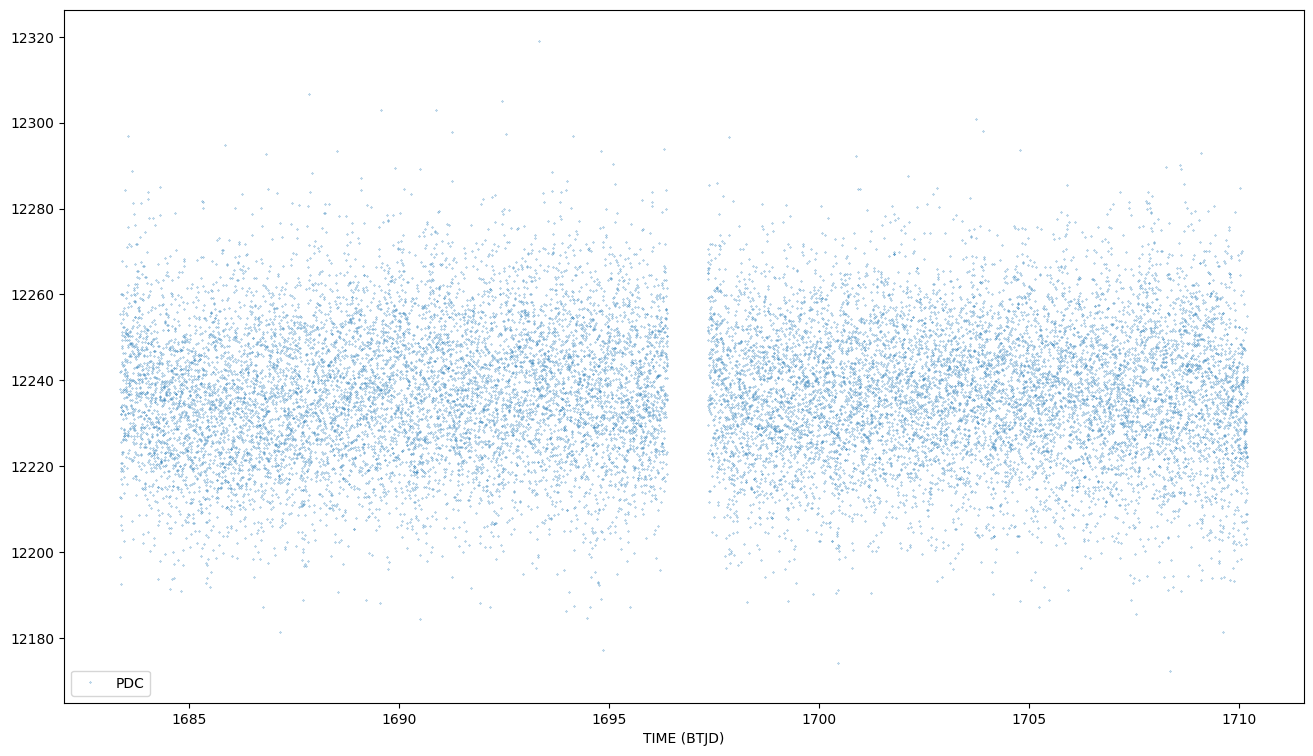 |
|
 |
|
KOI-244
Stellar parameters and planets on the system
| Host Star: KOI-244 | KOI-244 System planets | |||||||||||||||||||||||||||||||||||||||||||||||||||||||
|---|---|---|---|---|---|---|---|---|---|---|---|---|---|---|---|---|---|---|---|---|---|---|---|---|---|---|---|---|---|---|---|---|---|---|---|---|---|---|---|---|---|---|---|---|---|---|---|---|---|---|---|---|---|---|---|---|
|
|
Photometric data catalogues and tools:
Plot from LIGHTCURVE FITS file

Auxiliary Products:
Spectroscopic data catalogues:
|
La Palma, CAHA, Keck, ESO archives |
Kepler-25 b
Planet parameters
| Planet Name | Planet Mass | Planet Radius | Semi Major Axis | Orbital Period | Eccentricity | Inclination | Tidally Locked | Angular Distance | Primary Transit Source (JD) | Calculated Planet Temperature(K) | Molecules | Star Distance |
|---|---|---|---|---|---|---|---|---|---|---|---|---|
| Kepler-25 b | 0.028 | 0.2411 | 0.068 | 6.2385369 | 0.05 | 0 | 0 | 2454973.5126 | 0 | 0 |
Direct access and visualization for NASA archive
SHOW ERRORBARS Y/N
| Ref | Type | Facility | Instrum. | Npt | Comments |
| Désert et al. 2015 | phot | Spitzer Space Telescope satellite | Infrared Array Camera (IRAC) | 3 | DESERT ET AL 2015 We use Warm-Spitzer/IRAC (Werner et al. 2004;Fazio et al. 2004) at 4.5 to observe transits of the 51 selected KOIs between May 2010 and July 2012. We obtained these observations as part of two large Science Exploration Programs (program ID 60028 and 80117). In total, 1400 hours of Spitzer time is used for the follow-up of Kepler targets. As described in Desert et al. (2011a), we use a transit light curve model multiplied by instrumental decorrelation functions to measure the transit parameters andtheir uncertainties from the Spitze rdata. We computethe transit light curves with the IDL transit routine OCCULTSMALL from Mandel & Agol (2002). This modeldepends on the following parameters: the planet-to-starradius ratio ; the orbital semi-major axis to stellar-radius ratio (system scale);, the impact parameter b, the time of mid transit Tc, and limb darkening coefficients. |
| Désert et al. 2015 | phot | The Kepler Mission | Kepler CCD Array | 1 | DESERT ET AL 2015 Kepler detects transiting planetary candidates signals through continuous photometric monitoring of about 160 000 stars at high photometric precision We use Spitzer observations to rule-out false positive scenarios. The applied methodology makes use of the transit depths measured with Spitzer and with Kepler |